A bit of maritime history comes alive at the Indian River Life-Saving Station (IRLSS) along the southern Delaware shoreline. An active station over 140 years ago, it’s now a museum worthy of a visit — and only a short distance from area beach towns.
Once there were hundreds of life-saving stations in the U.S. that housed men who worked to rescue people and cargo from shipwrecks not far off the coastline. Now few such stations remain as time and technology have made many obsolete.
Luckily, this one along the Delaware shore serves as a museum to educate the public about this important part of maritime history — making it a perfect place to visit while vacationing in southern Delaware or coastal Maryland.
Situated between Dewey Beach and Bethany Beach, the IRLSS tells the story of the brave men who lived, trained, and worked here to save lives and cargo from shipwrecks nearby in the Atlantic Ocean. It was a high-traffic area for ships due to its proximity to the mouth of the Delaware Bay and Delaware River.
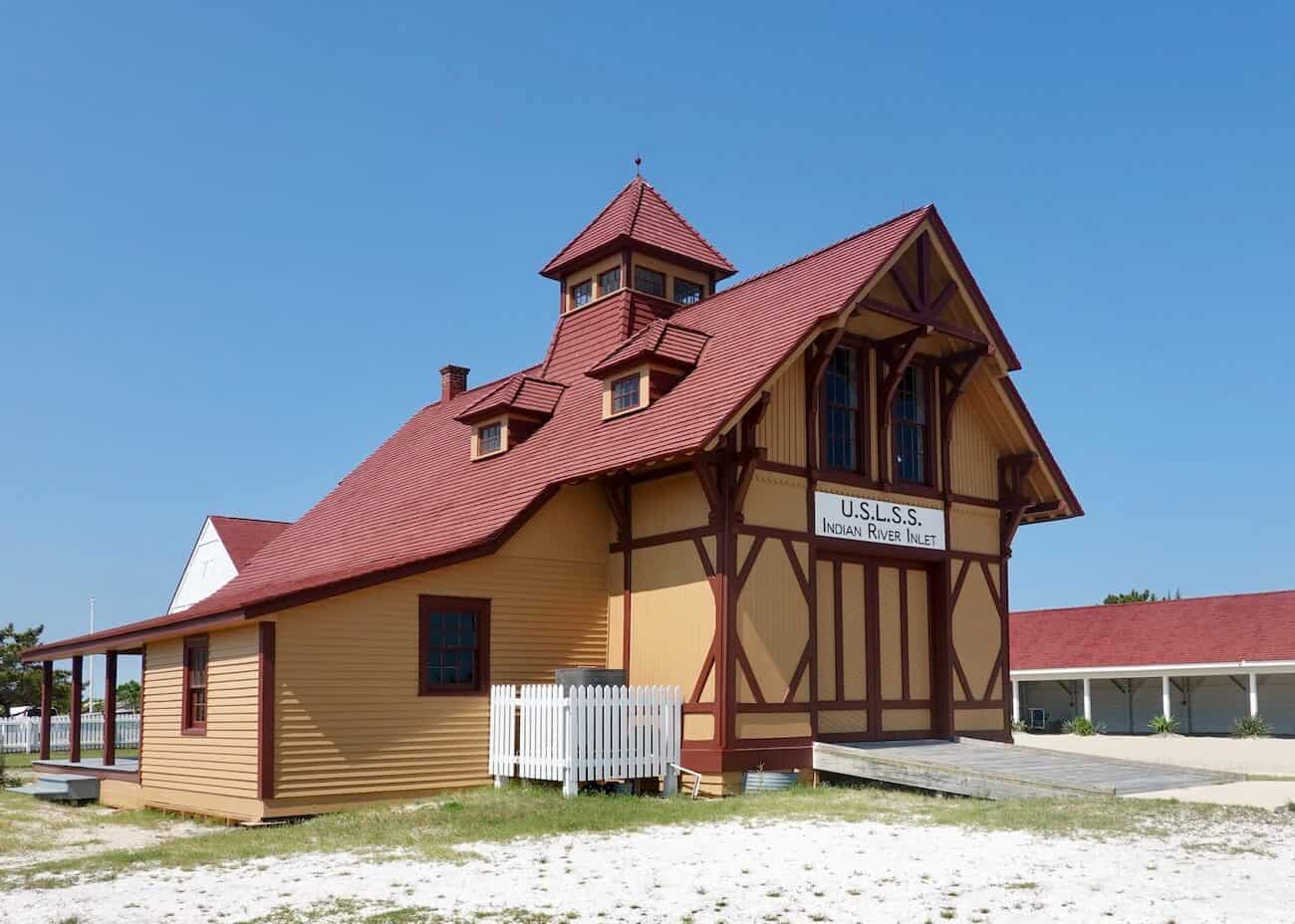
What is a Life-Saving Station?
In the 19th century, the principle way to transport commerce was by train or ship. Thus, shipping played an important role in commerce. There were no GPS or automated navigational aides, so ships tended to stay close to shore. Doing so exposed freight-carrying ships to accidents. The cargo and the crews were valuable, and the life-saving station service was instrumental in saving both lives and freight.
Life-saving stations were located along the shoreline at close enough intervals to provide adequate coverage of the waters off the coast. The stations were overseen by the United States Life-Saving Service (USLSS) and staffed by men who left their families to work there for many months at a time. The keeper and his crew kept their eyes on the ocean, patrolling the shoreline, looking for ships in distress.
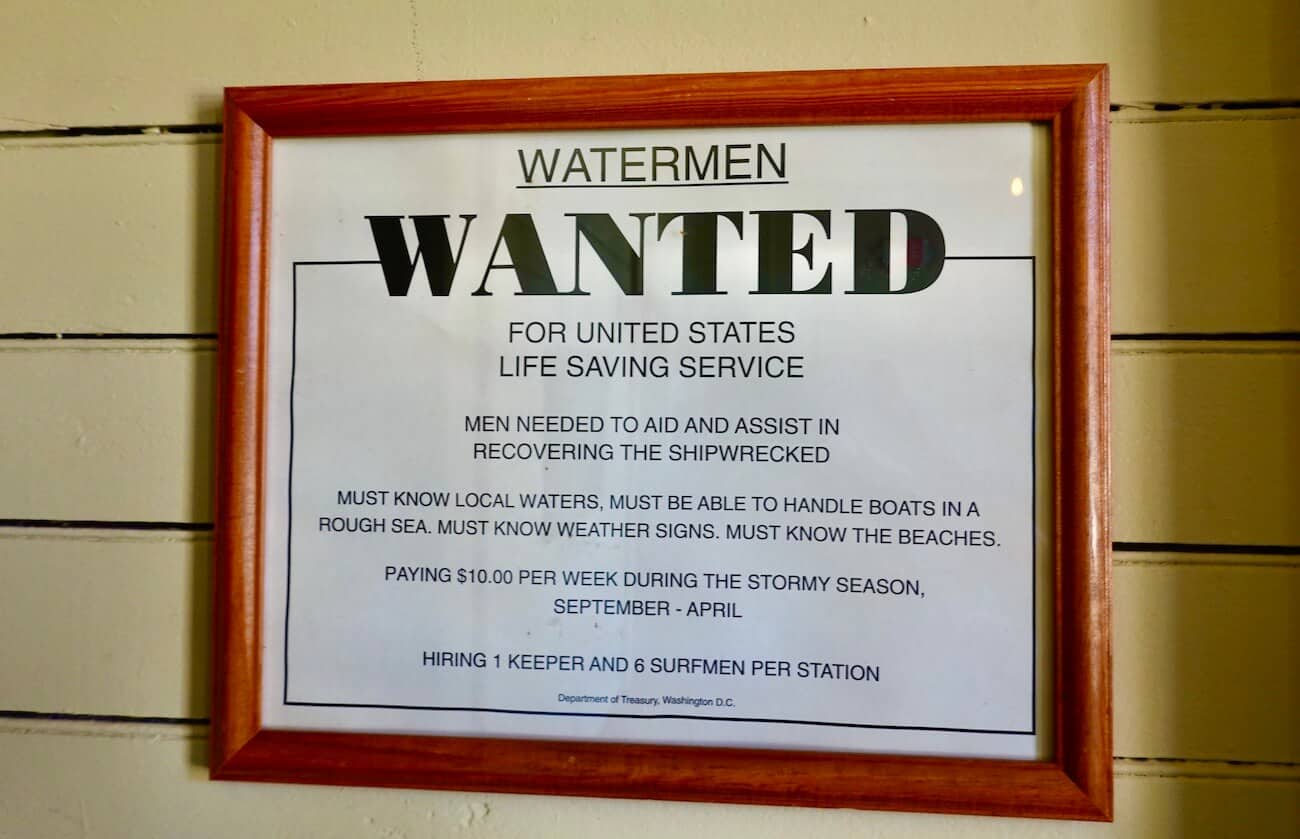
Indian River Life-Saving Station
The IRLSS was constructed in 1876 and served as home base for the keeper and his crew of 6 surfmen. The men working at this life-saving station saved about 60 ships and 400 lives. In 1915, the USLSS became part of the then newly-formed U.S. Coast Guard, and this station was used until 1962. Later, in the 1990s, it was restored.
Today the station is a museum that’s staged as it probably was in 1905. A visit here is definitely worth an hour or so. There is an admission fee.
Mess Room
As you enter the building, you step into the mess room where the men made and ate their meals. A telephone on the wall — one of the first lines in Delaware — helped the crew stay in touch with other life-saving stations.
Boat Room
This room houses the station’s surfboat, beach cart, rescue gear, and other artifacts used at the time that the life-saving station was active. Hanging on the wall is an American flag with 38 stars, representing the 38 states that were part of the Union at the time.
It’s in this room that you’ll learn the technique used to make contact with a ship just offshore. The surfmen, the ones manning the station, fired a projectile to the ship using the Lyle gun. A shot line was attached to the projectile, and it was that line that they used to attach larger lines and equipment to ferry passengers and cargo safely to land.
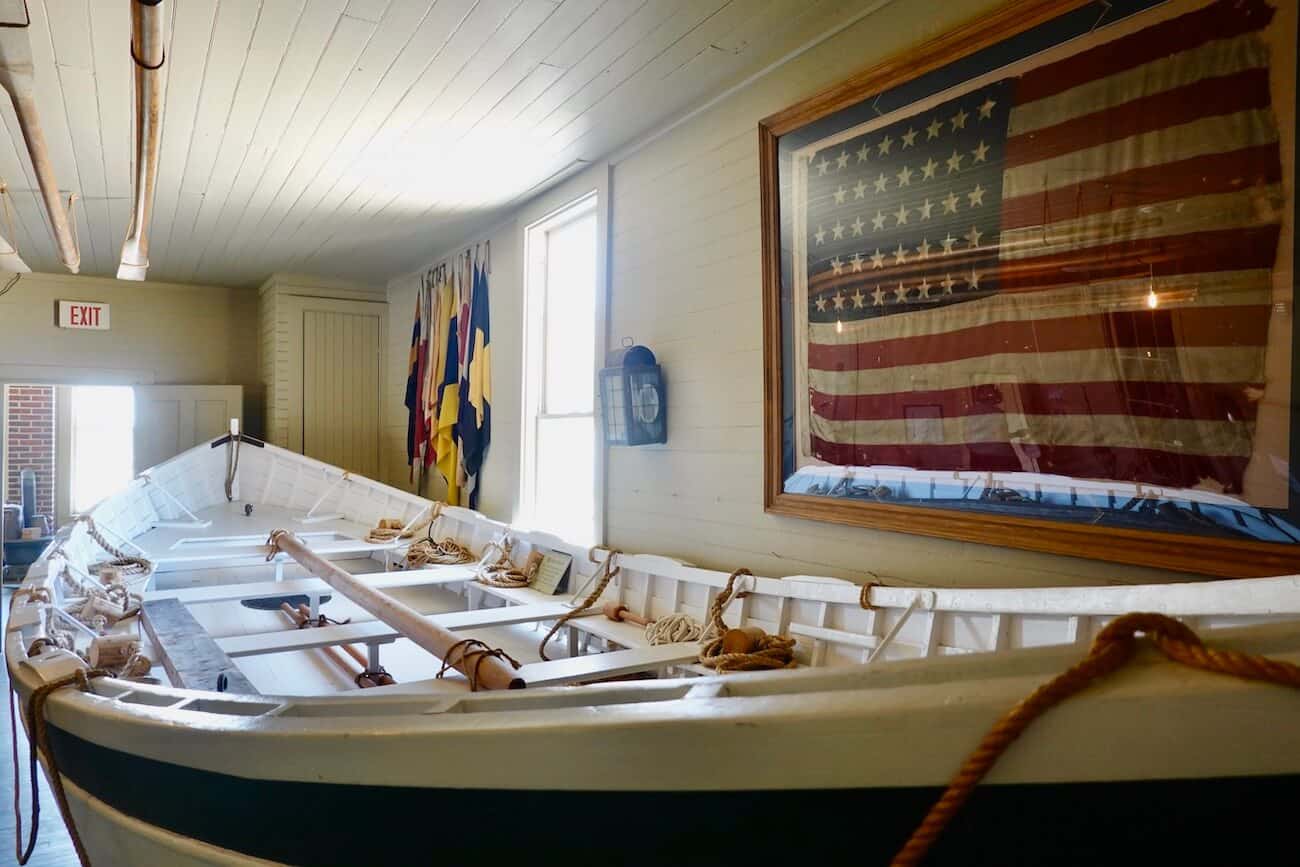
Keeper’s Office
The keeper had his office in this front room. Also here are some of the amusements the surfmen enjoyed in their downtime, including a piano.
Upstairs Rooms
Climb some steps and you come to the second floor that housed the keeper’s bedroom, the bunk room where the surfmen slept, and the locker area where the surfmen kept their belongings. From this level is access to the cupola (not open to the public) from which the men could monitor the coastline.
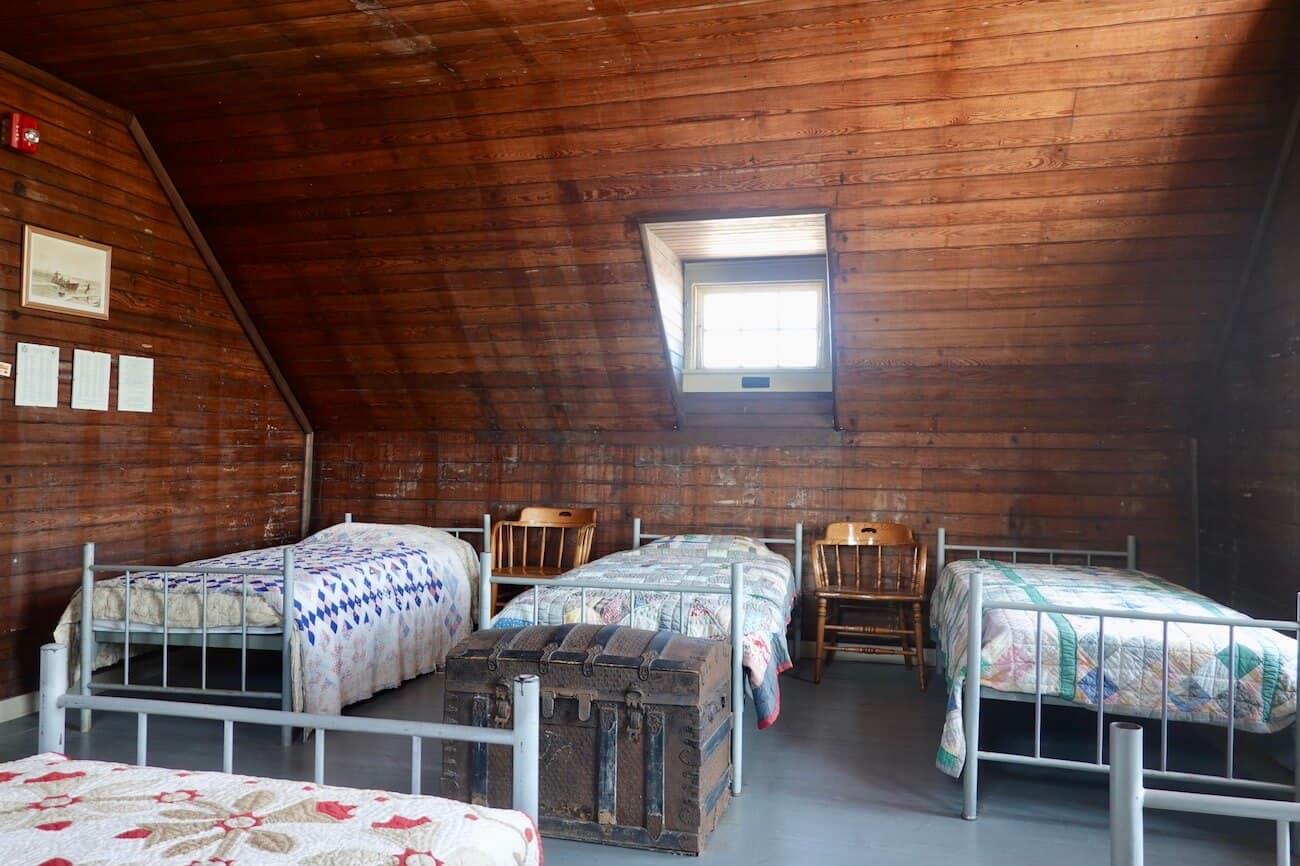
Outside
Stepping outside you’ll see the outhouse used by the surfmen, their training area, and to the east, the mighty Atlantic Ocean.
Location
25039 Coastal Highway, Rehoboth Beach, DE / (302) 227-6991
Nearby Attractions & Map
There’s plenty of fun to be had along the Delaware shore. Here are a few other ideas for you:
- Air Mobility Command Museum, Dover (off Rte. 1)
- Bombay Hook National Wildlife Refuge, Smyrna
- Cape Henlopen State Park, Lewes
- Delaware Beach Guide
- Fresh Pond Trail, Bethany Beach
- Holts Landing State Park, Dagsboro
- James Farm Ecological Preserve, near Bethany Beach
- Prime Hook National Wildlife Refuge, Milton (off Rte. 1)
- Trap Pond State Park, Laurel
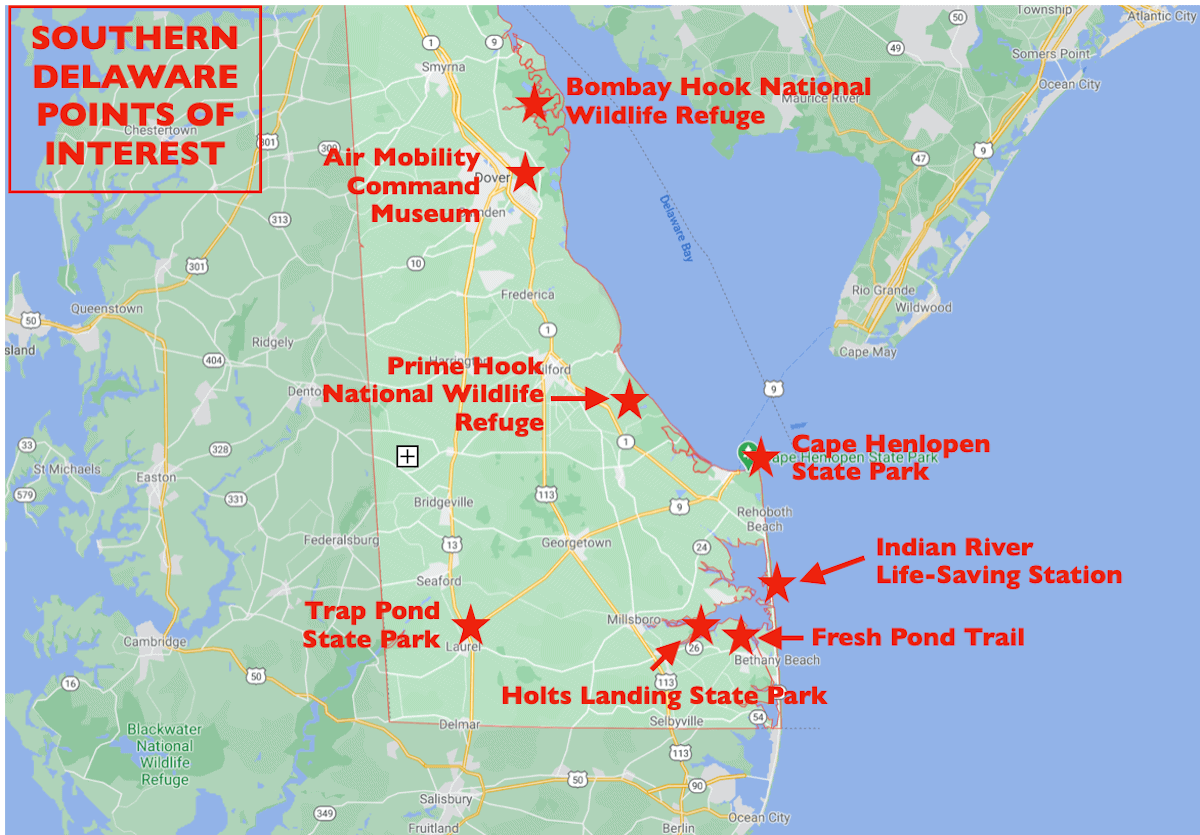
Final Thoughts
The yellow and maroon building is a local landmark sitting on the east side of Route 1 and is in the Delaware Seashore State Park. Although I knew nothing about this part of regional history, I was fascinated with the artifacts within the building that brought this piece of history alive. Walking through the building, you can imagine the men making and eating meals around the table in the mess room, maintaining equipment, training outside, sleeping upstairs, or climbing to the cupola for lookout duty.
Visiting the museum provides a thought-provoking dig into a bit of maritime history, and it’s a perfect (and short) diversion when you’re on vacation in southern Delaware. No worries, this won’t steal too much time away from your fun in the sun! 😎
If you’re nearby, check out the IRLSS’s upcoming events as there might be something that interests you.
To learn more about the life-saving history at this station, follow the Indian River Life-Saving Station Facebook page. They post interesting tidbits about the operation of the service in its heyday.
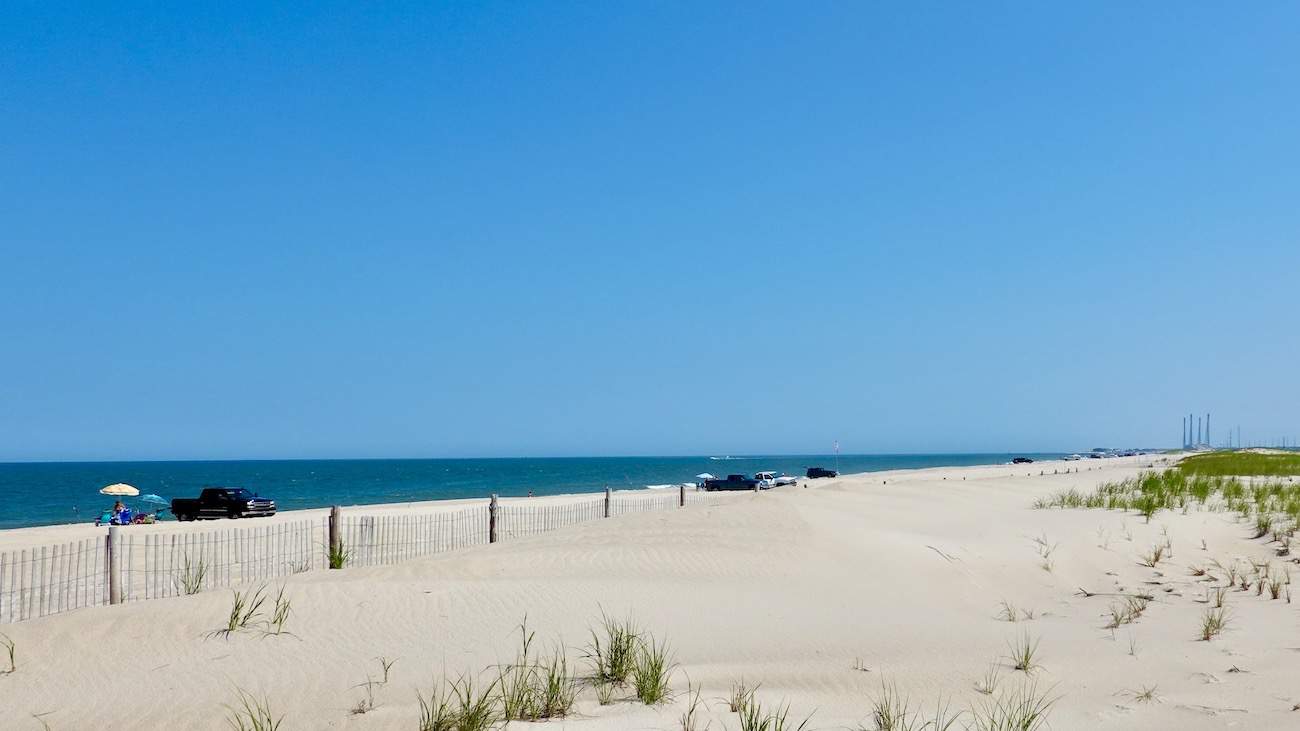
Comments?
Please share your experiences and suggestions for other places to visit in southern Delaware. Your ideas could be helpful to other travelers. Thanks!🙂




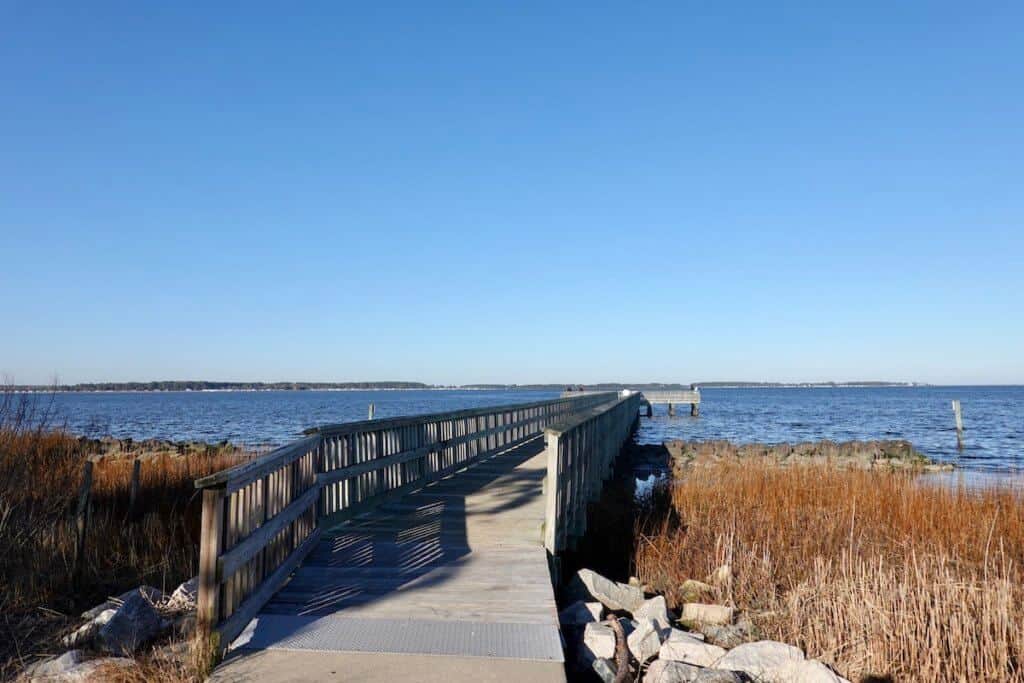
Thanks for this preview. We will be visiting my brother and his wife in June. They live west of Bethany Beach. He is retired Coast Guard and suggested a visit to this museum during our stay.
Carol, I’m glad you found that post helpful. I hope you enjoy your visit to Bethany Beach — a great place with lots to do. 🙂